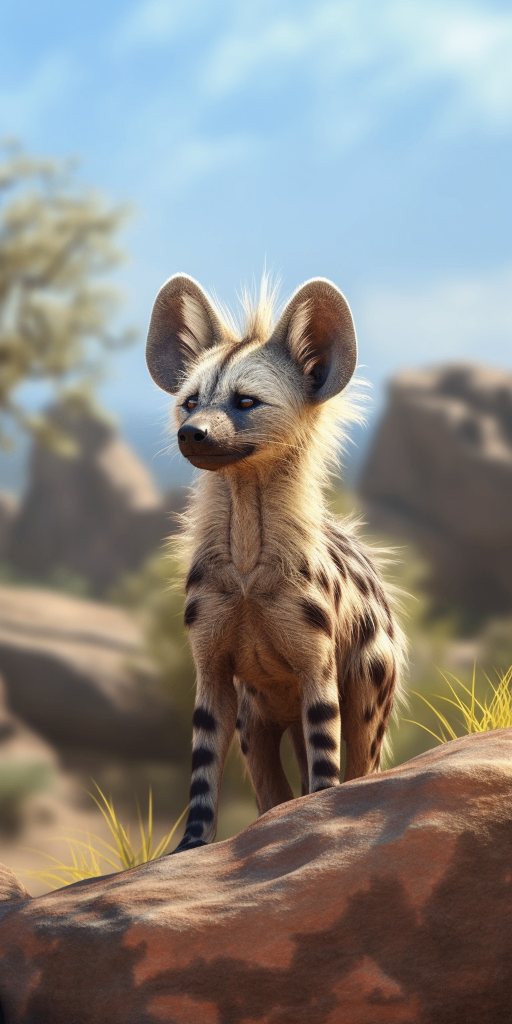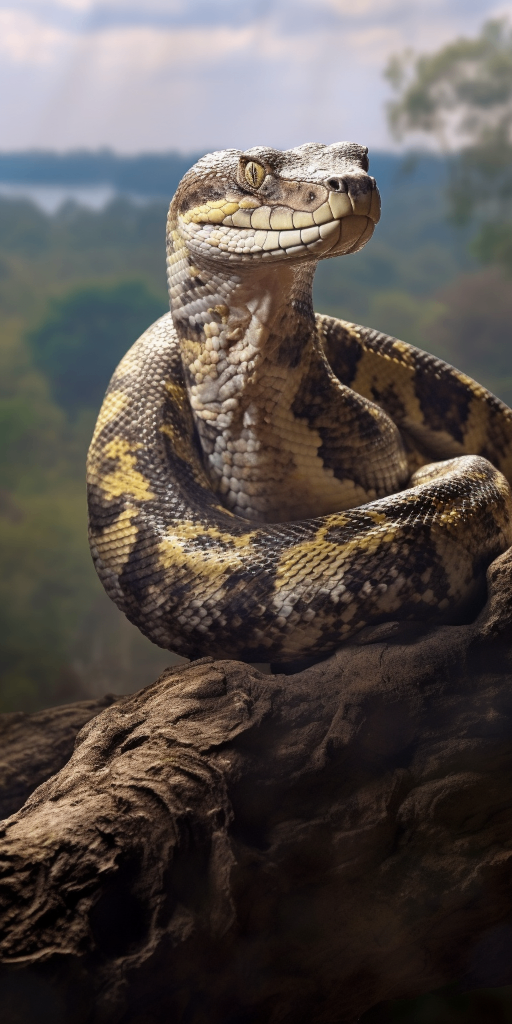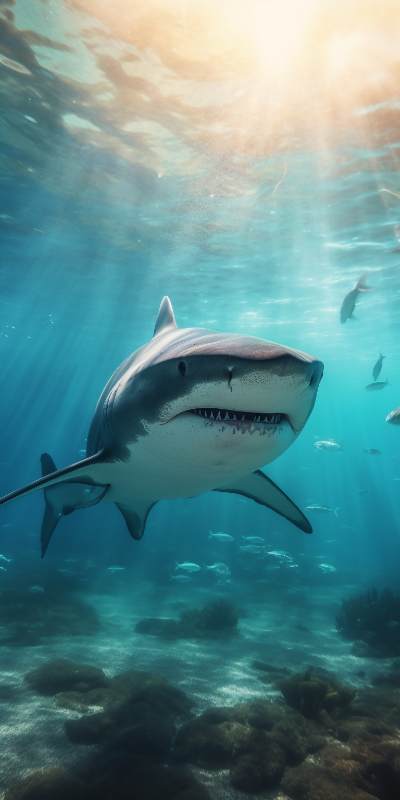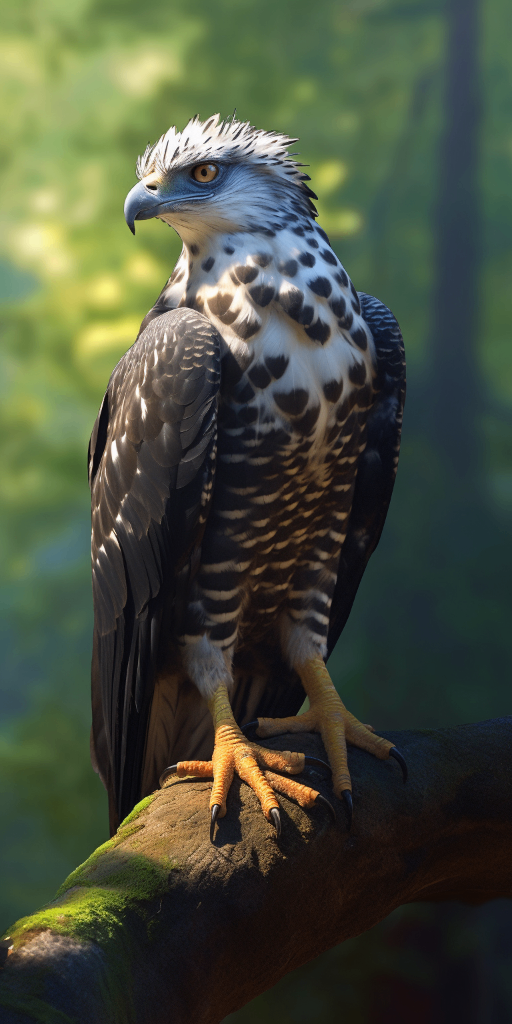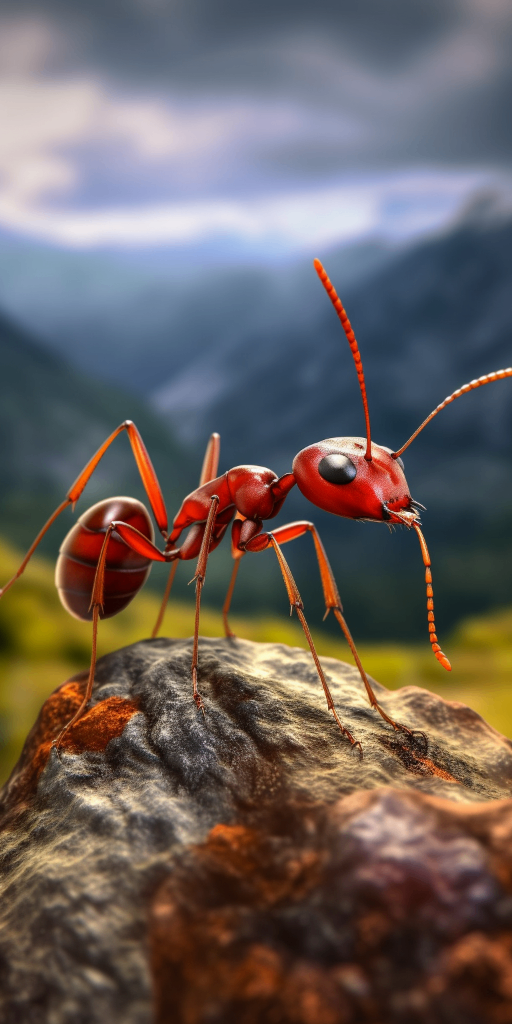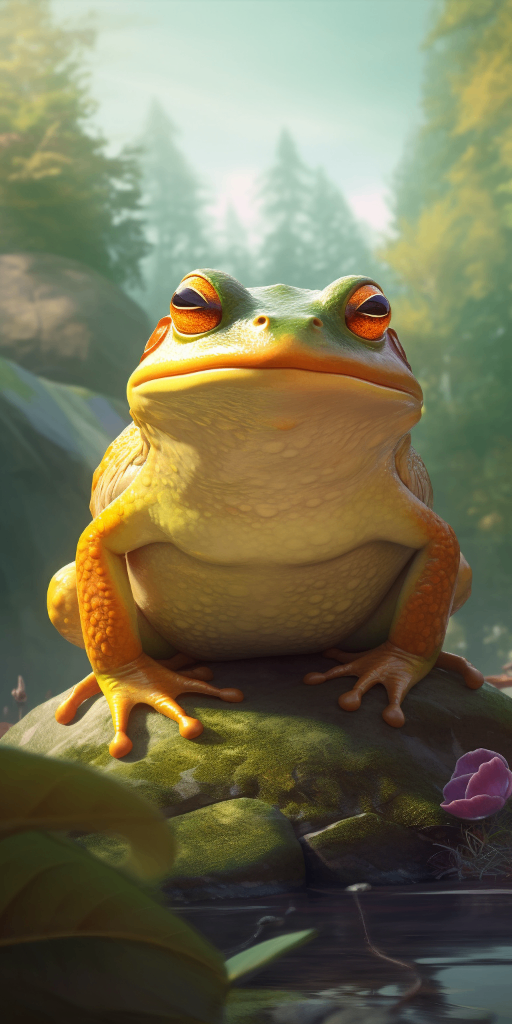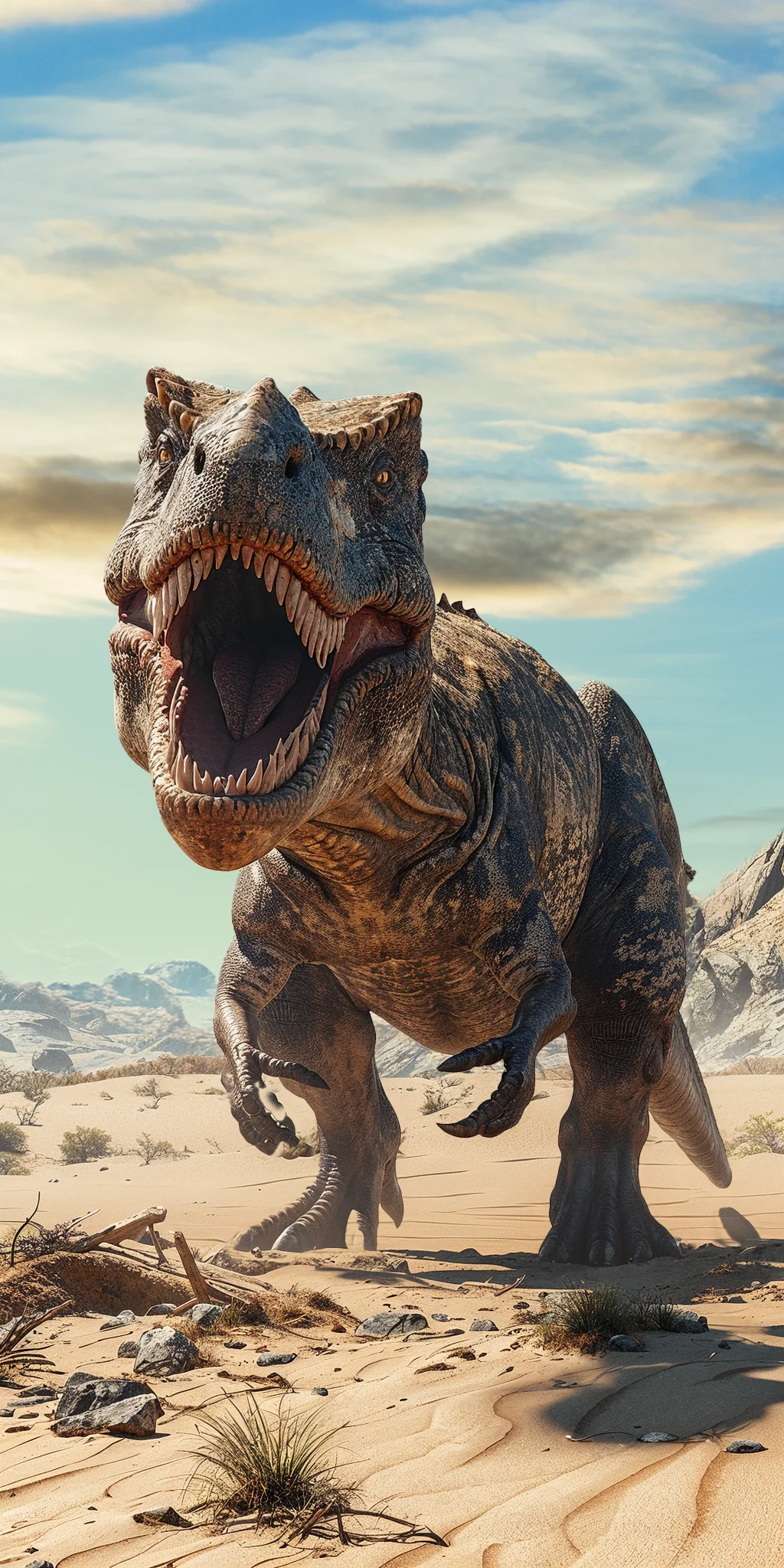The Snouted Cobra
The Snouted Cobra, also known as the banded Egyptian cobra, is a venomous snake known for its distinctive elongated snout and hood that it displays when threatened. It has a sleek body with black and yellow bands running along its length. This species can grow up to 6 feet in length and is found in various habitats across Africa.
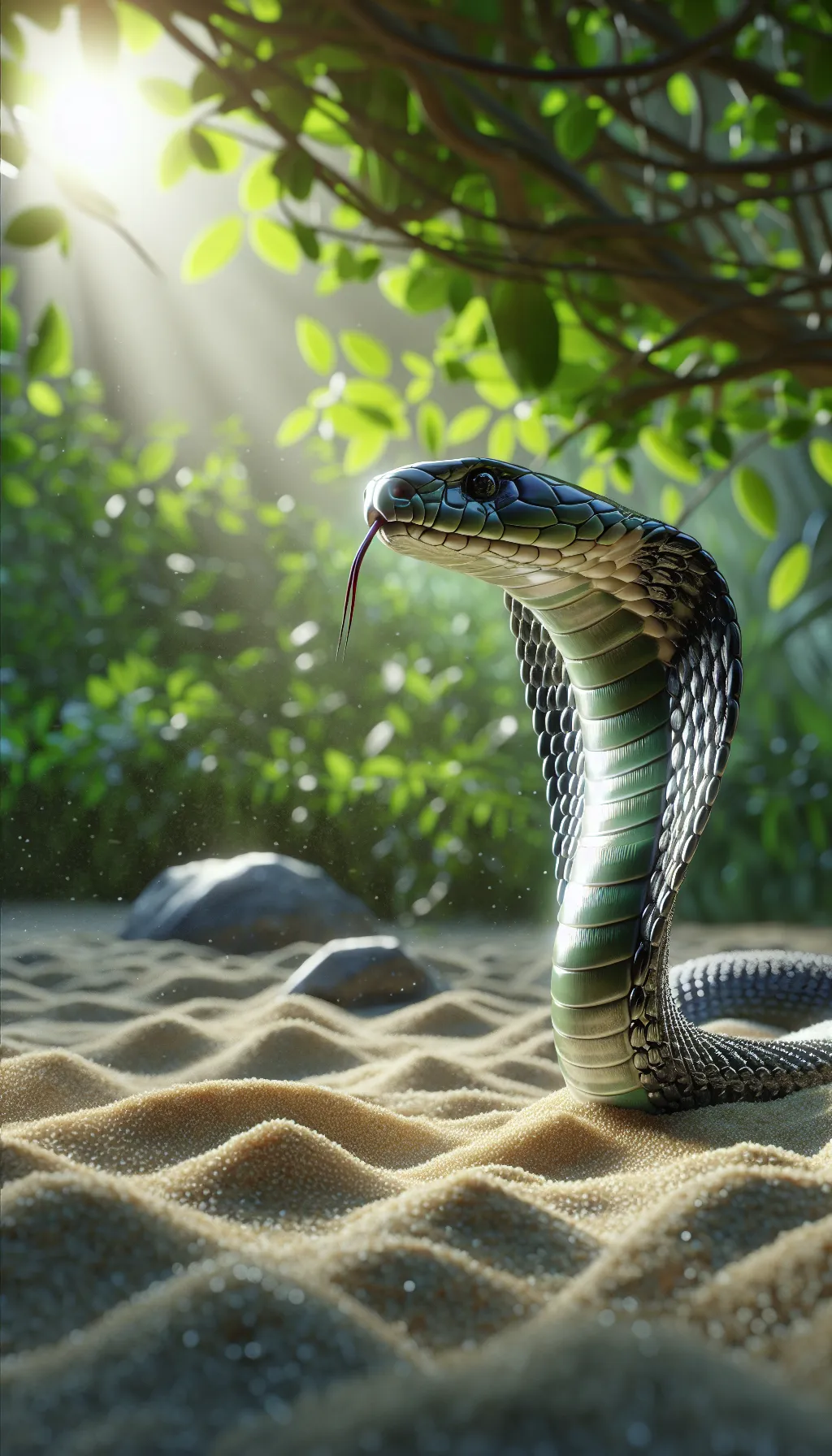
| Snouted Cobra | |
|---|---|
| Size | Up to 6 feet (1.8 meters) |
| Weight | Up to 5 pounds (2.3 kilograms) |
| Speed | 9mph (14km/h) |
| Key Strength | Venomous bite |
| Biggest Weakness | Relatively slow movement |
| Scientific Name | Naja annulifera |
| Family | Elapidae |
| Habitat | Dry regions, savannas, and deserts |
| Geography | North Africa and parts of the Middle East |
| Diet | Carnivorous, feeding on rodents, birds, and other small animals |
| Lifespan | 10 years - 15 years |

The Snouted Cobra
The Snouted Cobra, also known as the banded Egyptian cobra, is a venomous snake known for its distinctive elongated snout and hood that it displays when threatened. It has a sleek body with black and yellow bands running along its length. This species can grow up to 6 feet in length and is found in various habitats across Africa.
Fun Fact: The Snouted Cobra is known for its unique defensive behavior of "hooding up," where it spreads the skin behind its head to make itself appear larger and more threatening to predators or threats.
| Snouted Cobra | |
|---|---|
| Size | Up to 6 feet (1.8 meters) |
| Weight | Up to 5 pounds (2.3 kilograms) |
| Speed | 9mph (14km/h) |
| Key Strength | Venomous bite |
| Biggest Weakness | Relatively slow movement |
| Scientific Name | Naja annulifera |
| Family | Elapidae |
| Habitat | Dry regions, savannas, and deserts |
| Geography | North Africa and parts of the Middle East |
| Diet | Carnivorous, feeding on rodents, birds, and other small animals |
| Lifespan | 10 years - 15 years |
Snouted Cobra Matchups
We use AI to simulate matchups between the Snouted Cobra and other animals. Our simulation considers size, strength, and natural predatory behaviors to determine the most likely outcome.
Snouted Cobra: Diet, Predators, Aggression, and Defensive Behaviors
What do Snouted Cobras eat?
Snouted Cobras primarily feed on rodents, birds, and other small mammals. They are known to also consume reptiles, such as lizards, and even insects. These cobras are proficient hunters and use their venom to immobilize their prey before swallowing it whole.
Do Snouted Cobras have any predators?
While adult Snouted Cobras do not have many natural predators due to their venomous nature, they may still fall prey to larger predators such as birds of prey or other snakes. However, hatchlings and young cobras are at a higher risk of predation from larger animals like mongooses and monitor lizards.
Are Snouted Cobras aggressive?
Snouted Cobras are generally not aggressive, but they can become defensive when threatened or cornered. They will typically try to avoid confrontation, but if provoked, they will rear up, spread their hood, and strike with venomous fangs as a warning to deter potential threats.
Do Snouted Cobras fight?
Snouted Cobras are solitary animals and do not engage in physical fights with other snakes of their species. However, they may exhibit dominance behavior when competing for territory or mating opportunities. This behavior often involves intimidation displays rather than physical combat.
How do Snouted Cobras defend themselves?
Snouted Cobras have evolved several defense mechanisms to protect themselves from predators. Their primary defense mechanism is their potent venom, which they inject through their fangs when threatened. In addition, they can flatten their necks to form a hood, making themselves appear larger and more intimidating to potential threats.
What is the biggest weakness of Snouted Cobras in a fight?
The biggest weakness of Snouted Cobras in a fight is their vulnerability to larger or more agile predators. While their venom is effective in deterring threats, it may not be enough to overpower a significantly larger or faster predator. Additionally, their non-aggressive nature means they may not be adept at defending themselves physically in a fight.
Fun Fact: Snouted Cobras have excellent eyesight and are able to detect movement from a far distance, making them skilled hunters of small mammals, birds, and reptiles in their environment.
Fun Fact: While the venom of the Snouted Cobra is highly potent and can be fatal to humans, it also plays a crucial role in regulating local ecosystems by keeping prey populations in check.



